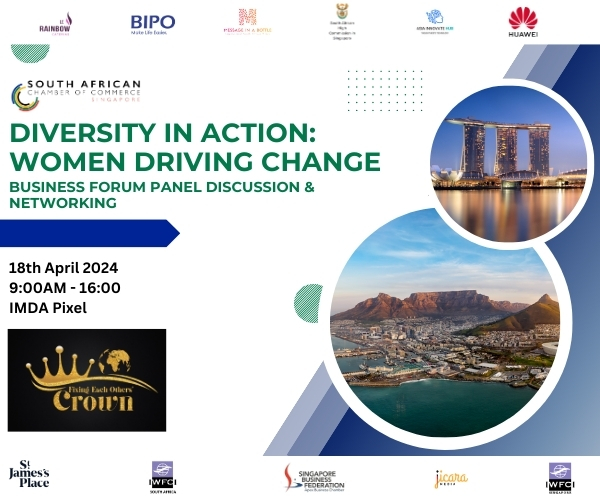As competition for talent remains tight, employers are facing increasing pressure to evolve traditional workplace design thinking and put employee needs and preferences front and centre of business strategies.
Staying in tune with worker wants in 2022 and beyond requires investing in technology that enables staff to keep connected and productive wherever they are based as employee attention shifts from The Great Resignation to The Great Re-Evaluation, according to new research from advisory firm, Ecosystm.
Ecosystm’s latest ‘Voice of the Employee’ Research, delivered in partnership with Neat, found half of all knowledge workers within Asia Pacific (APAC) want the ability to choose where they work, further exemplifying the pressing need for employers to understand and adapt to the reality of hybrid work as the norm and the role collaboration technology plays in its successful delivery.
Ecosystm’s research, based on a survey of 1,043 knowledge workers throughout APAC, reveals the latest trends reshaping how we work including changing employee priorities, what makes effective hybrid workspaces, the role of technology, and the necessity of HR and IT to jointly develop employee experience strategies.
Audrey William, Principal Advisor at Ecosystm, says, “The last two years ignited the shift to digitisation and more flexible working models, while also causing people and teams to reconsider their priorities.
“For instance, many have put much more stock in their health and wellbeing and want to be able to work both remotely and in an office.
“To successfully transition to a virtual-led, hybrid work model, organisations need to act swiftly or risk getting left behind.
“As businesses make the move into this next phase of recovery and growth, it’s crucial to understand how we can design our workspaces and leadership teams to give employees what they want and need including best in class technology.”
Workplaces are evolving amidst waves of people leaving or changing jobs. In fact, in APAC 33% of knowledge workers expected to change either their job or entire career in 2022.
With only 15% of Asia Pacific employees satisfied with traditional work hours, attracting, and retaining talent will be strongly influenced by an organisation’s ability to provide flexible and hybrid work practices, the research reveals.
How businesses can do this comes down to workplace design and technology, with offices that are purpose-built to include quiet spaces, collaborative zones, and rooms setup for video conferencing.
These changes are already underway within the APAC region according to Ecosystm’s findings that showed 32% of organisations are increasing the number of quiet open spaces, 26% are setting up more ‘hot desks’ for workers who spend time both in the office and working remotely, while 23% are improving the office experience with better lighting and outdoor areas.
Additionally, while 21% of respondents are increasing the size of the meeting rooms, most are choosing a different approach, creating smaller, purposeful meeting and huddle rooms.
Simen Teigre, CEO of Neat, comments, “Technology is a core pillar of an effective hybrid workspace. When it was a necessity, many businesses moved into remote working setups at a rapid pace.
“Now, we must consider where the gaps are for a hybrid workforce and how we can continue to develop and evolve our investment in technology to benefit our people. This includes putting the employee experience (EX) at the forefront, to ensure our teams are supported both professionally and personally.”
Improving EX requires investments into a range of technology capabilities such as workload storage, collaboration capacity, employee wellbeing trackers, and cyber risk management.
It can also include virtual whiteboards, noise cancelling headphones, and voice and video equipment.
Teigre says collectively workplace design and new collaboration technology is redefining what hybrid workplaces look like as the link between engagement, wellbeing and work environments strengthens.














